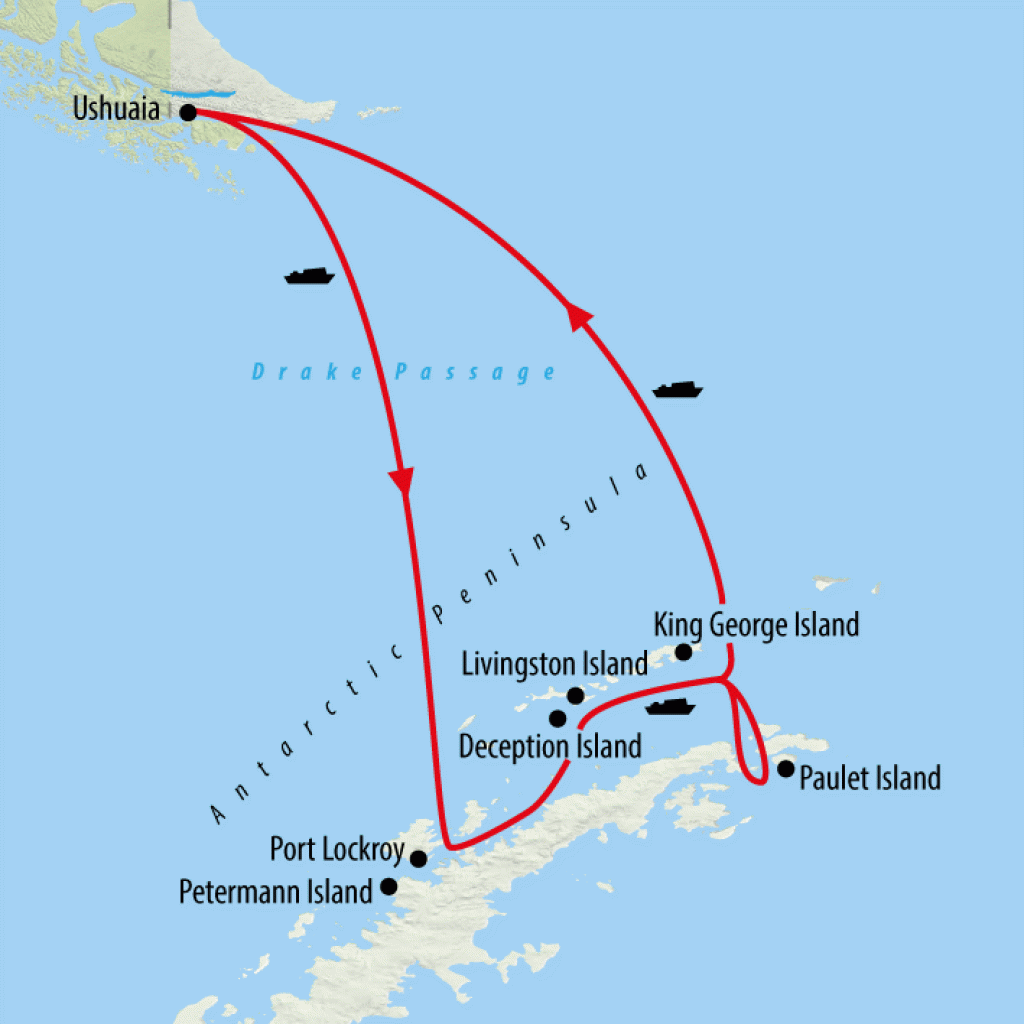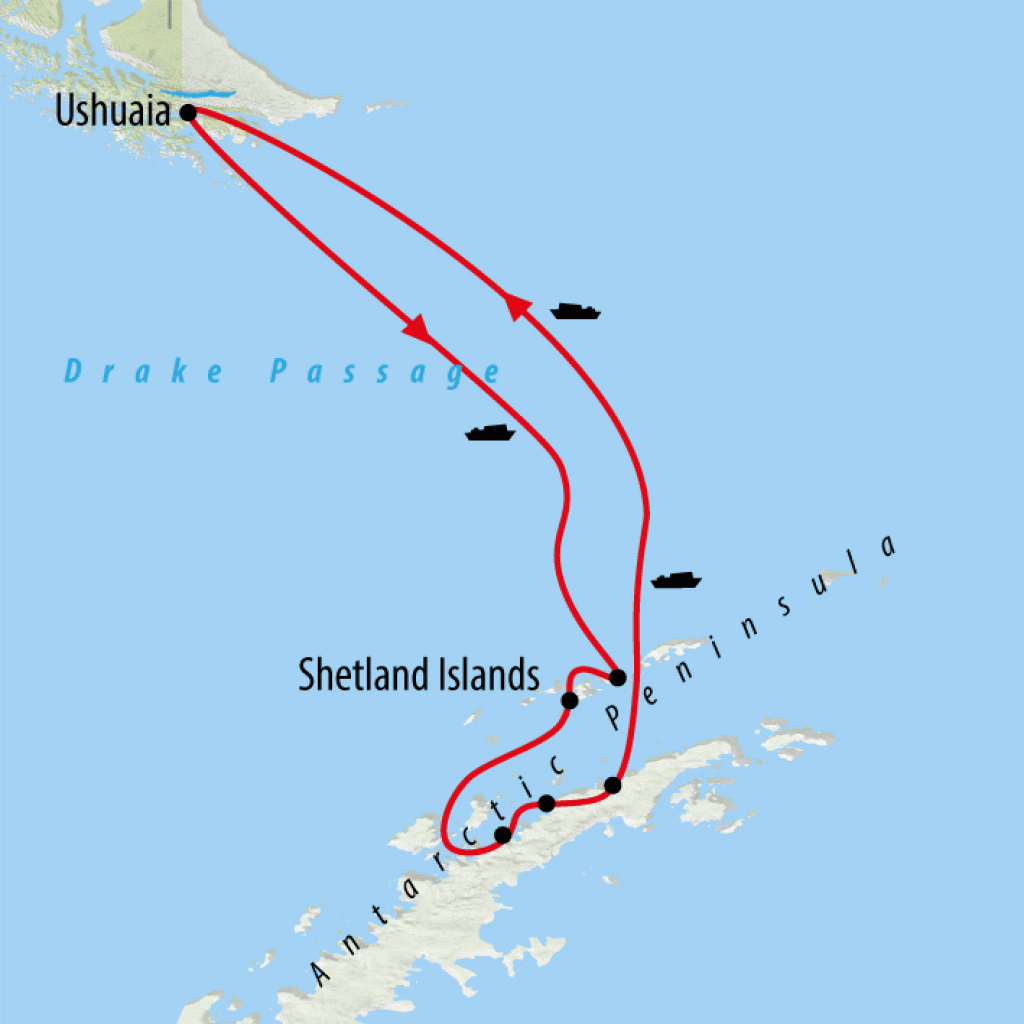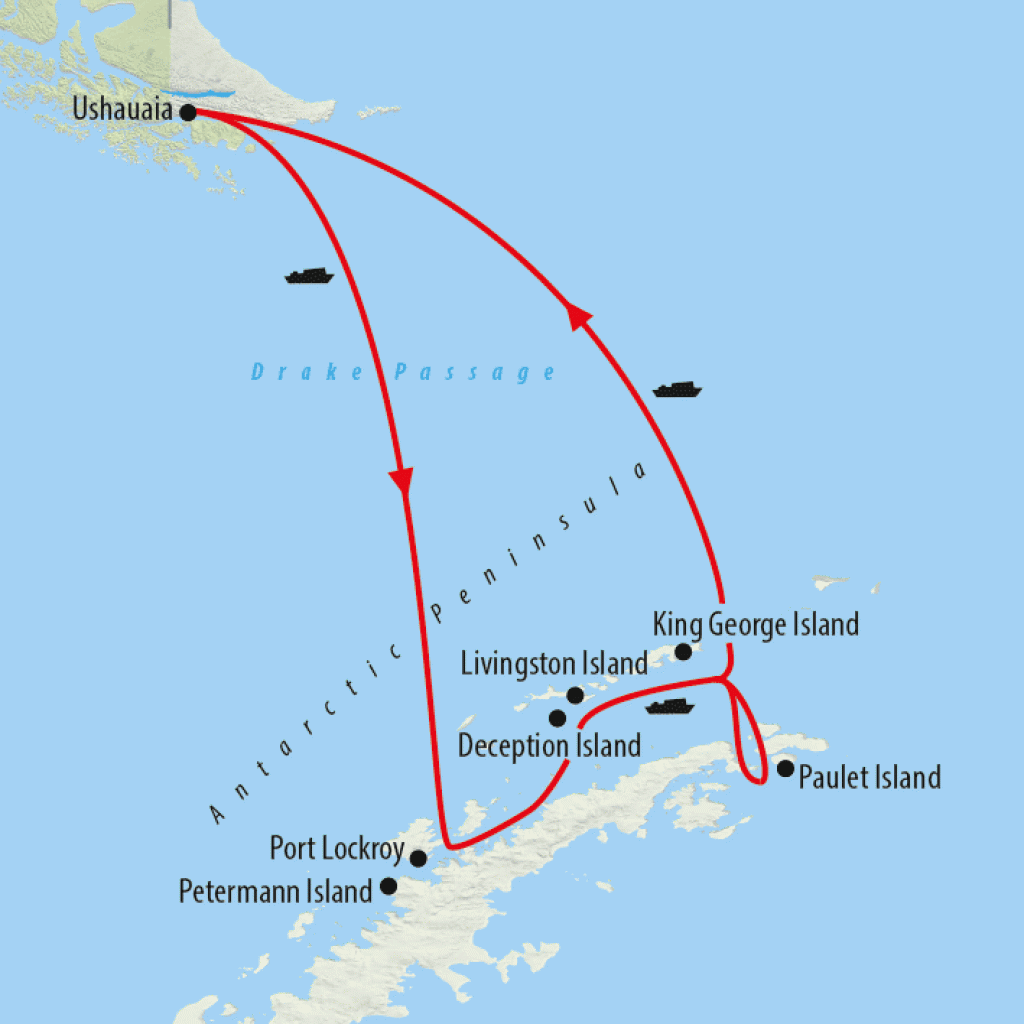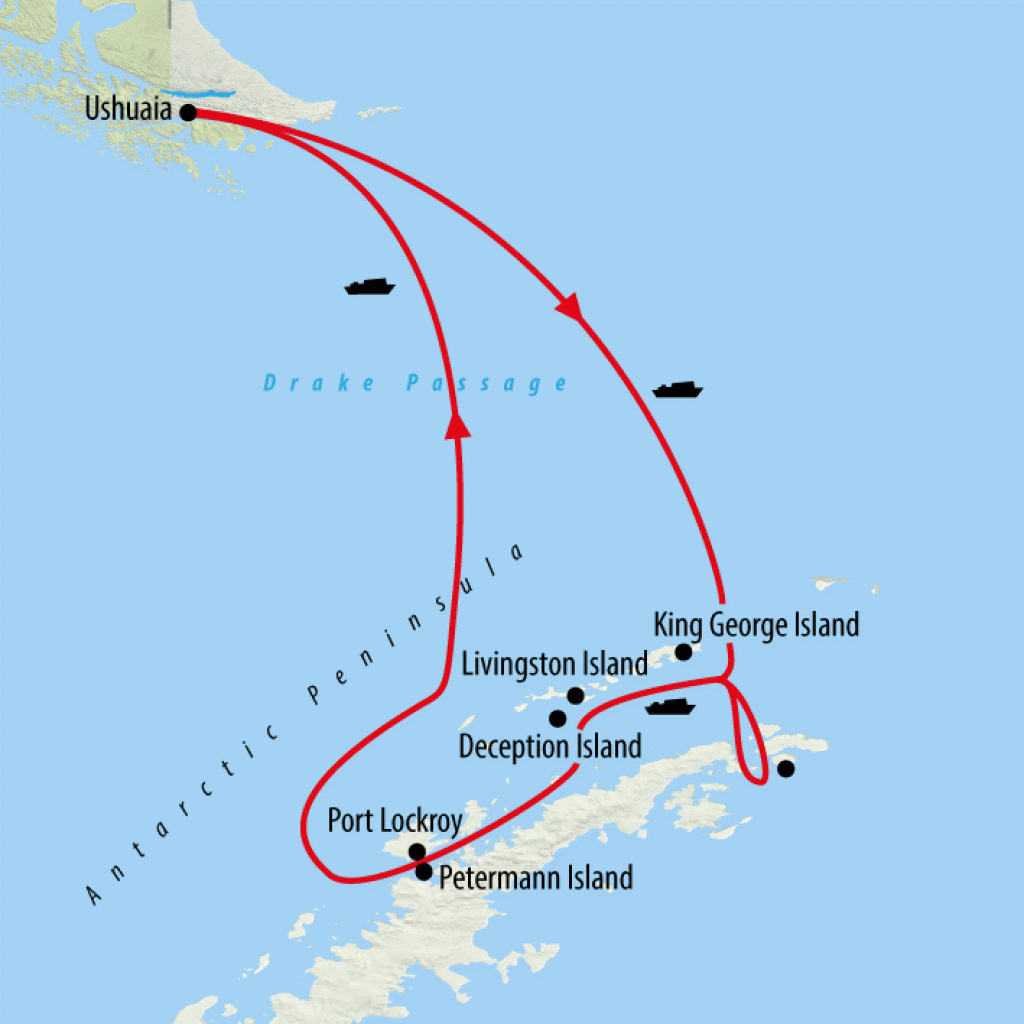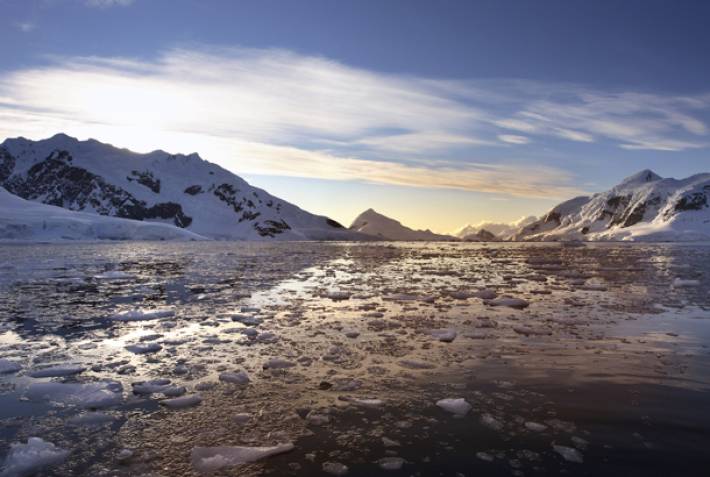
Antarctic Peninsula
Jutting out of Antarctica, the Antarctic Peninsula is the most accessible part of mainland Antarctica, slightly less inhospitable than the rest of the continent. It is still an incredibly wild place, formed mainly of snow and ice, though an abundance of wildlife carves out a life in this frozen land. Expedition cruisers will weave past colossal icebergs to make land, in the hope of spotting giant lumbering seals and great penguin colonies not far from the shore. Jagged mountain peaks and towering glaciers dominate the landscape, whilst back out to sea there are good opportunities to spot minke, killer (orca) and humpback whales at close range.
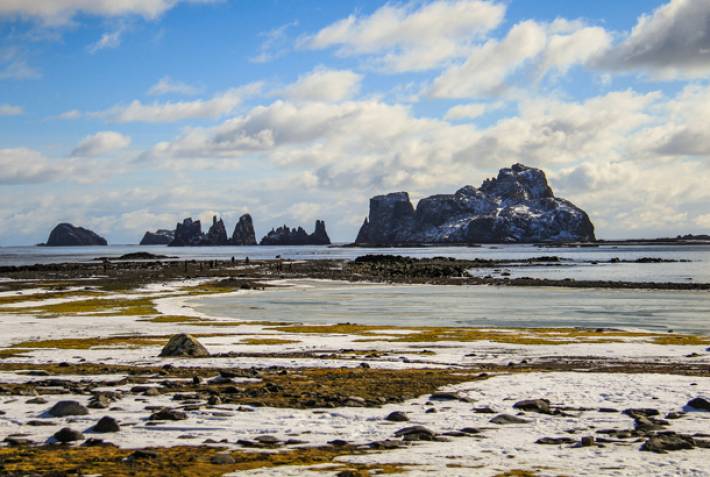
South Shetland Islands
Situated 160 km north of the Antarctic Peninsula, the spectacular South Shetland Islands are one of the frozen continent's most visited sites and a key feature on practically every expedition cruise that departs from Ushuaia. Almost completely covered in ice, the string of islands are home to incredible glaciers and fjords while the rocky coastlines are populated by penguins and elephant seals. A total of eight countries maintain year-round research stations on the islands with the majority of the stations located on King George Island, often named the capital of Antarctica for this very reason. Other well-known islands include Deception Island, home to a collapsed but still active volcanic cone, and the historic Livingstone Island.
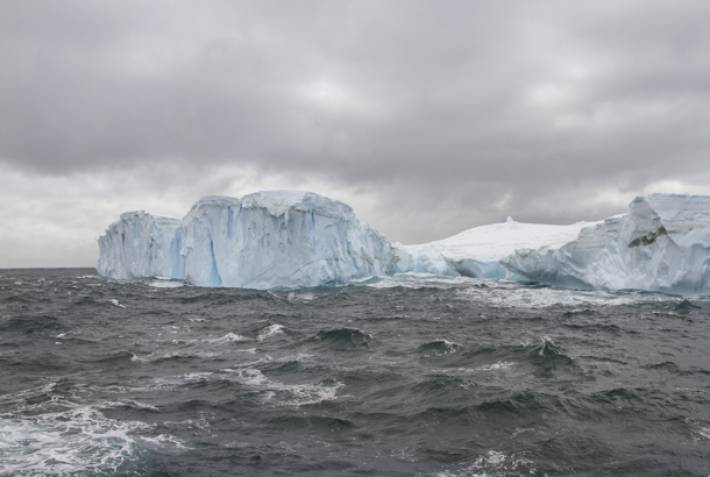
Drake Passage
The Drake Passage is an infamous stretch of water. It connects the Atlantic and Pacific oceans, passing between the southernmost point of Argentina and the northern tip of the Antarctic Peninsula. Named after the famous English explorer Sir Francis Drake, the passage is renowned for its strong winds and brutal weather conditions. It's not for the fainthearted and seasickness is always a possibility, but it's the only way to navigate to Antarctica from South America. Plus, the marvellous open views of rolling ocean and icebergs is worth the journey.
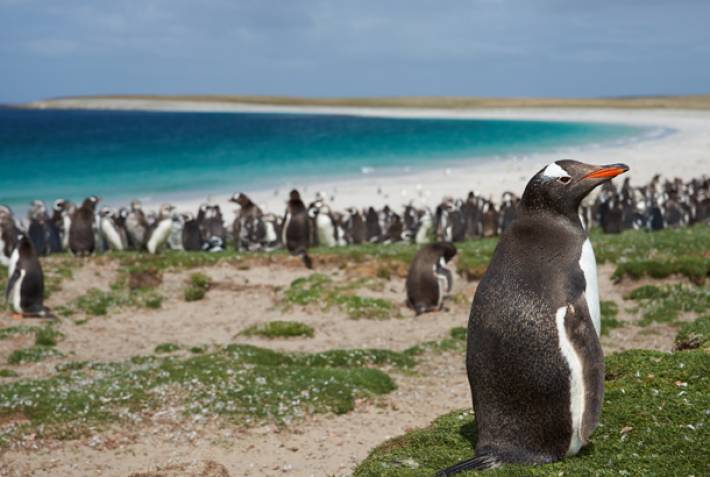
Falkland Islands
Isolated and sparsely populated with striking rural scenery and impressive wildlife populations, the Falkland Islands make a popular addition to voyages around Antarctica. Lying off the coast of Patagonia, the archipelago consists of the rugged East Falkland, hilly West Falkland and close to 800 smaller islands. With large and accessible colonies of king, rockhopper, gentoo and Magellanic penguins, as well as impressive nesting areas of albatross, the islands provide the ultimate birding experience with a number of marine animals adding further interest to the wildlife bill. Elephant and fur seals lounge on the shores while whales and dolphins populate the waters surrounding the islands.
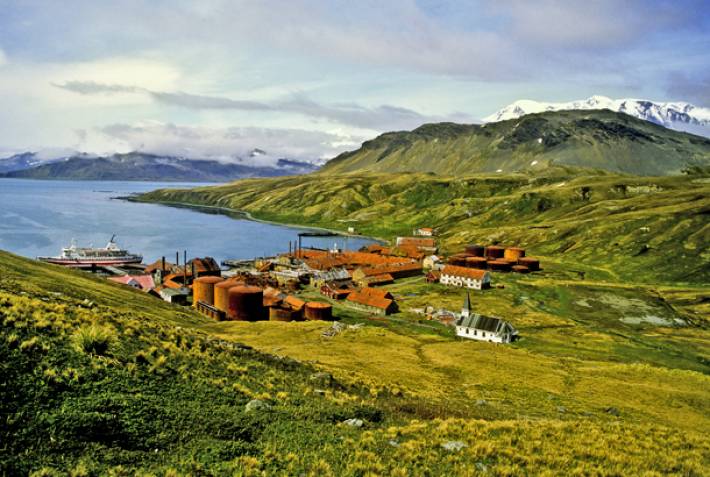
South Georgia
The long and narrow island of South Georgia is often referred to as 'the Alps in the mid-ocean' thanks to the steeply rising mountains that cover much of the land mass. Add to this low-lying grasslands, mighty glaciers and dramatic fjords, and you have one of the most picturesque parts of Antarctica. It's not hard to see why it's one of the most visited sites in the region when you also consider the wide beaches where penguin colonies and seals abound, and the photogenic remains of rusting whaling stations and relics from that particular era. The ease of landing on the island has made South Georgia incredibly popular with expedition teams, and later, tourist cruises, since Captain James Cook first arrived back in 1775.
See Also
To help you plan your visit to Antarctica's frozen landscapes, take a look at the rest of our handy resources:
Best Time to Visit - weather and climate in Antarctica
Tourist Visas - details on visa procurement
Top Travel Tips - local customs, what to pack and more
The Ushuaia - everything you need to know about the expedition vessel









